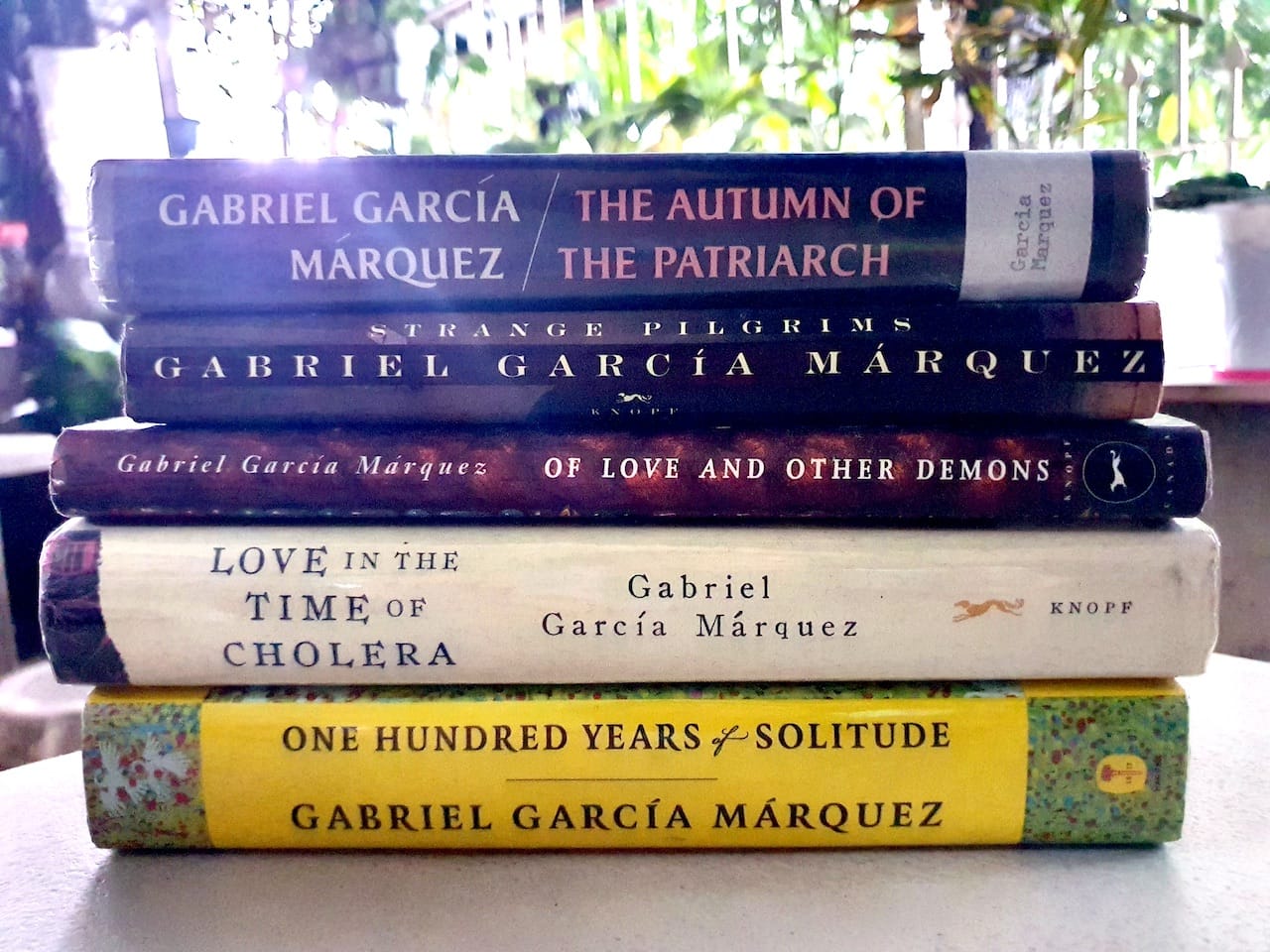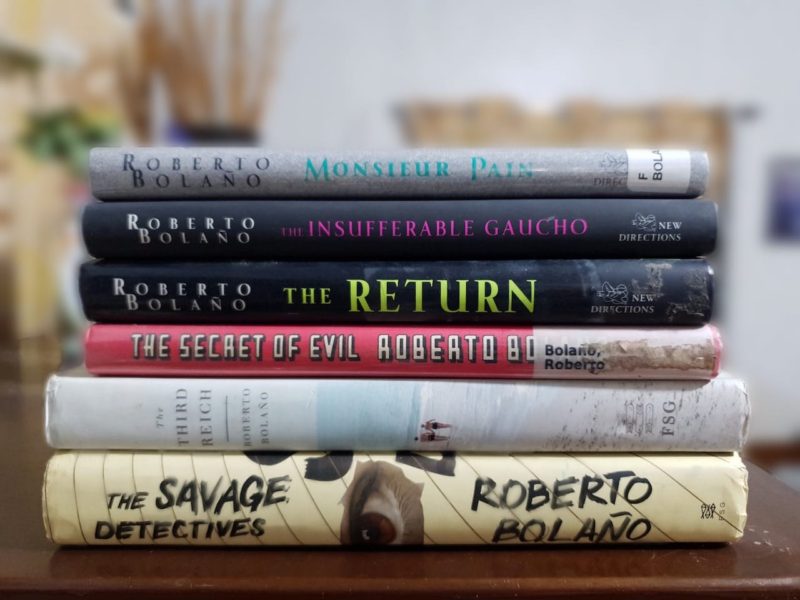The Autumn of the Patriarch (El otoño del patriarca, 1975)
The Autumn of the Patriarch is a magnificent story about a Caribbean dictator and the corruption of power. The tyrant in the novel symbolizes the best and worst of human nature, displaying everything from kindness to duplicity, generosity to brutality, and even fear of God to terrible cruelty.
The tyrant’s rule lasted for two hundred years, and it was filled with massacres, torture, and financial ruin. When it comes to a biting critique of both authority and capitalism, this book is a standout. Both the ravages of power and the brutality of capitalism are sharply criticized in this story.
The legendary maestro of magical realism, Gabriel García Márquez, brilliantly depicts the dying tyrant imprisoned in the prison of his own rule. Through the novel’s unique use of a dreamlike language and an abundance of symbolic descriptions, the reader is transported to a world that is both fantastical and eerily real.
Strange Pilgrims (Doce cuentos peregrinos, 1992)
Gabriel García Márquez captures the unique mix of melancholy, persistence, pain, and desire that defines the émigré experience in these twelve excellent short stories about Latin Americans in Europe. Each of the stories deals with the themes of displacement and the strangeness of living in a different country, with the idea of being dislocated and adjusting to a new culture.
The stories in this collection explore the strangeness of life and the lyrical incongruities that arise from it, whether they are happy or tragic. Both natural and supernatural demons stalk the characters in these stories in their newfound land, just as they did before leaving their homes and start living abroad.
Of Love And Other Demons (Del amor y otros demonios, 1994)
The plot of Gabriel García Márquez’s novel was inspired by an extraordinary occurrence that the author saw over 50 years ago. Sierva Maria, the sole child of a crumbling aristocratic family in an eighteenth-century South American seaport, is attacked by a rabid dog on her twelfth birthday. Despite showing no symptoms, the bishop and her family believes Sierva Maria is possessed so they sent her to a convent for observation.
Cayetano Delaura stumbles into Sierva Maria’s cell, and he’s already had visions of a bride-to-be with long, flowing hair. Something startling happens while he cares for her with holy water and sacramental oils. He’s in love, and Sierva Maria doesn’t take long to join him in his delirium.
While disturbing, the story of love, loss, and other demons in this book is a magnificent one that explores some of the most common human emotions. When it comes to race, gender, and even humans and animals, Garcia Marquez breaks through barriers with a wry sense of humor.
Love In The Time of Cholera (El amor en los tiempos del cólera, 1985)
Florentino Ariza and Fermina Daza are a couple that fell in love while they were young. However, Florentino is devastated when Fermina marries a well-to-do doctor. Despite his heartbreak, Florentino vows to be loyal and patient. He continues to pass the time by engaging in extramarital affairs, all the while keeping his affections focused on Fermina.
When Fermina’s husband passes away, Florentino attends the funeral on purpose so that he can reaffirm his love for Fermina fifty years, nine months, and four days after the first time he made the declaration of his love for her.
One Hundred Years Of Solitude (Cien años de soledad, 1967)
One Hundred Years of Solitude is a novel about the Buendía family, who live in the fictional town of Macondo. Living in Macondo is a curse, as many members of the Buendía family have been born with a pig’s tail or other deformities, and the town is cursed to be destroyed. The family has to live in isolation in order to circumvent the curse, which they do for over 100 years.
Ursula refuses to have children after her marriage because she fears giving birth to a monster. In the following two years, José ArcadioBuendía has a dream about a city where the houses all have mirrored walls. As a result of this dream, he goes ahead and constructs Macondo on the same spot. Macondo’s primordial innocence is symbolized by the sleeplessness plague.
The plot of the story follows theBuendía family for a period of a century. There are endless repeats, confusions, and downward spirals throughout this family’s history. The narrative will go back and forth in time continually, fusing memories with linear, chronological time.
Further Reading
The Best Books by Gabriel García Márquez You Must Read by Maria Angelíca Maia, Culture Trip
Analysis of Gabriel García Márquez’s Novels by Nasrullah Mambrol, Literariness.org
Gabriel García Márquez, The Art of Fiction No. 69 by Peter Stone, The Paris Review
Misunderstandings Surrounding Gabriel García Márquez by Juan Gabriel Vasquez, Brick Magazine





